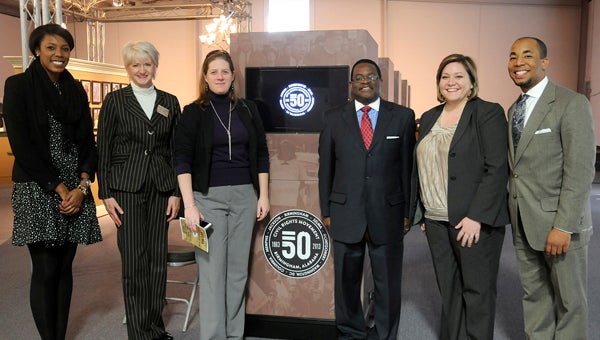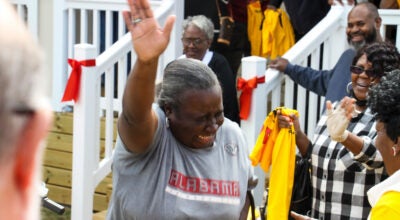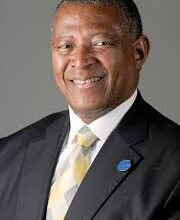Tourism leaders converge on Selma, talk new civil rights attractions
Published 7:41 pm Wednesday, February 27, 2013

Tourism leaders gathered in Montgomery and then came to Selma Wednesday to visit the civil rights exhibit in talks to create a civil rights tourism trail in the south.
As a way to celebrate the South’s rich history in civil rights, several tourism directors from throughout the southeast gathered in Montgomery Wednesday to discuss ways to attract more visitors to their respected states.
After meeting in Montgomery, representatives traveled to Selma to view the civil rights exhibit on display at the George P. Evans Reception Center.
Meg Lewis, director of tourism and special projects for the Montgomery Chamber of Commerce Convention and Visitor’s Bureau, said it was exciting to have tourism directors gather from several states and discuss ways to attract more people to this region.
“About a year ago we started holding meetings with what we’re calling ‘kindred cities,’” Lewis explained. “These are cities that have significant civil rights anniversaries that are coming up after the year 2013.”
Montgomery, which will celebrate the 60th anniversary of the Montgomery bus boycotts in 2015, is one of those “kindred cities,” Lewis said. Other cities on that list are Birmingham; Jackson, Miss.; Columbia, SC; Memphis, Tenn., and Selma.
“This is an attempt to bring all these cities together because we all share a common cultural tourism story,” Lewis said. “By linking these various events and locations, this is a starting place where we can all jump off from and find ways to attract more visitors from around the country and world to come to the Southeast.”
Jill Anderson, tourism director for Selma and Dallas County, said while brainstorming at the meeting, the idea for a “freedom trail” emerged.
This trail, Anderson explained, would incorporate cities that played a key role in the civil rights movement.
“The idea is to get tourists to see what all happened in the Southeast during the civil rights movement and how everything connected to make such a big change in our nation,” Anderson said.
Sheryl Smedley, executive director of the Selma-Dallas County Chamber of Commerce, said it was exciting to see tourism directors from around the region converge and discuss ways to promote the Southeast and its role in the civil rights movement.
“After the meeting they wanted to come to Selma and see what’s going on with the civil rights exhibit,” Smedley said. “I think great things are going to come from this in the future.”




